
Tim Ozkurt
If you have dry skin, you understand how crucial it is to slather on lotion to moisturize. For those of you who religiously use lotion, you know how quickly a bottle runs out. Over time, that can accumulate a lot of waste.
For the more eco-conscious individual, zero waste lotion is the best option. It helps you reduce your waste and has a better environmental impact than conventional lotion.
Why Zero Waste Lotion?
In practicing a zero waste lifestyle, cutting out waste in all areas of life is important. That includes your skincare and beauty routine. Most of the products we can buy in stores are packaged in plastic that is either not recyclable or is very difficult to recycle.
This means that with every new purchase, you will be adding more trash to landfills. The main benefit of going zero waste is to preserve resources and limit your trash generation.
According to the UNEP, we generate around 300 million tons of plastic in a year. And half of that amount is single-use plastic. There are many plastic bottles that are made of HDPE, which is a type of single-use plastic commonly used in shampoo, conditioner, or lotion.
If we want to make a positive impact on the environment, we can begin by cutting out the single-use plastics in our lives.
But it isn’t just that. Most companies that create zero waste lotion make their products mindfully. This means you can enjoy proper moisturization without any toxic chemicals or ingredients. This isn’t always true, but it is a prevalent practice in creating zero waste items.
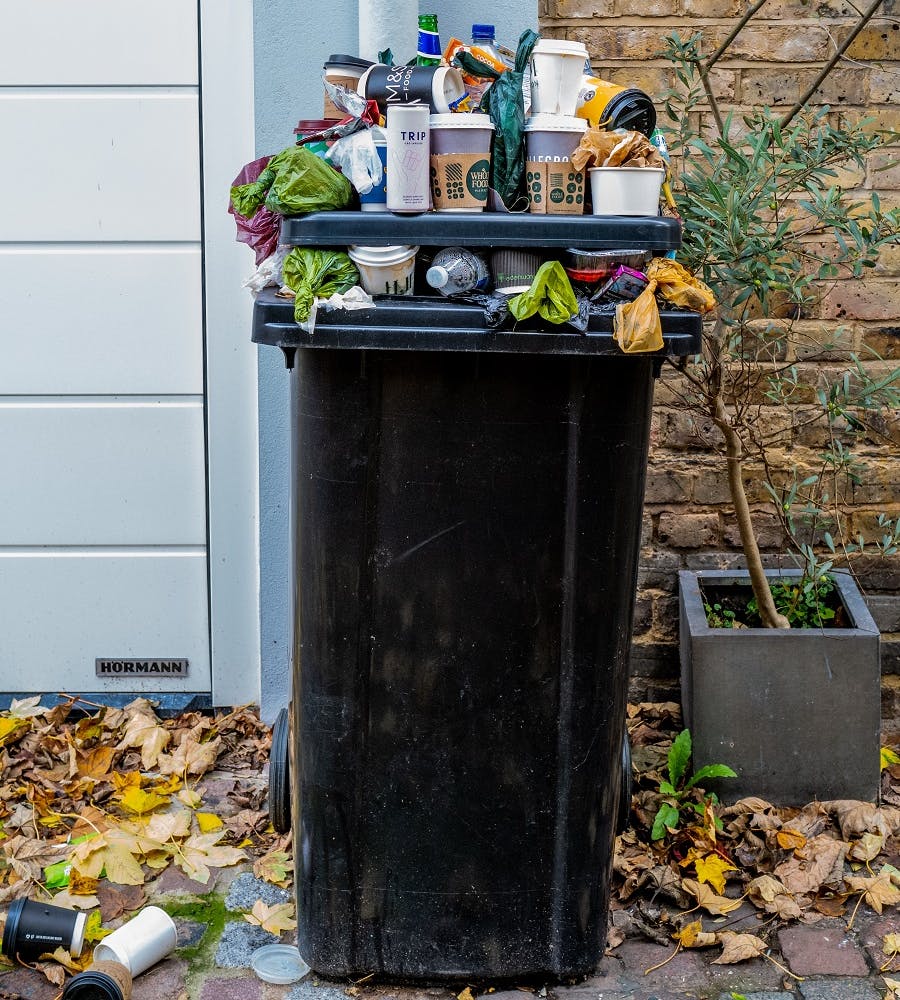
What makes a lotion zero waste?
When we think of zero waste lotion, our thoughts immediately go to packaging. After all, the focus of zero waste is to limit our trash generation.
Lotion is zero waste when you do not contribute additional waste to landfills, packaging, or otherwise. These include the main container, bottle cap, labels, shipping bags, and other related paraphernalia.
The best option for zero waste lotion would most likely be package-free such as lotion bars. But some people might not have access to it locally, and shipping it from somewhere else would just cause more of an environmental impact.
Another option is lotions that are packaged zero waste with refillable, compostable, reusable, or recyclable containers made of glass, metal, or paper. Plastic, while recyclable, should be your very last option. Plastics are made with petrochemicals and do not easily biodegrade.
Another way to create less of an impact with your lotion is to choose brands that advocate for and practice a closed-loop system. There are now many brands that will take back your leftover packaging for you and take responsibility for repurposing or recycling them. If you are interested, find out more on how to join a Circular Economy.
There is also plenty of information available on what to look for brands in general, when taking a look at zero waste products. Places like Puratium for example, consistently talk about what to look for in brands. In their article about zero waste bathrooms, they talk about where you can find zero waste lotion.
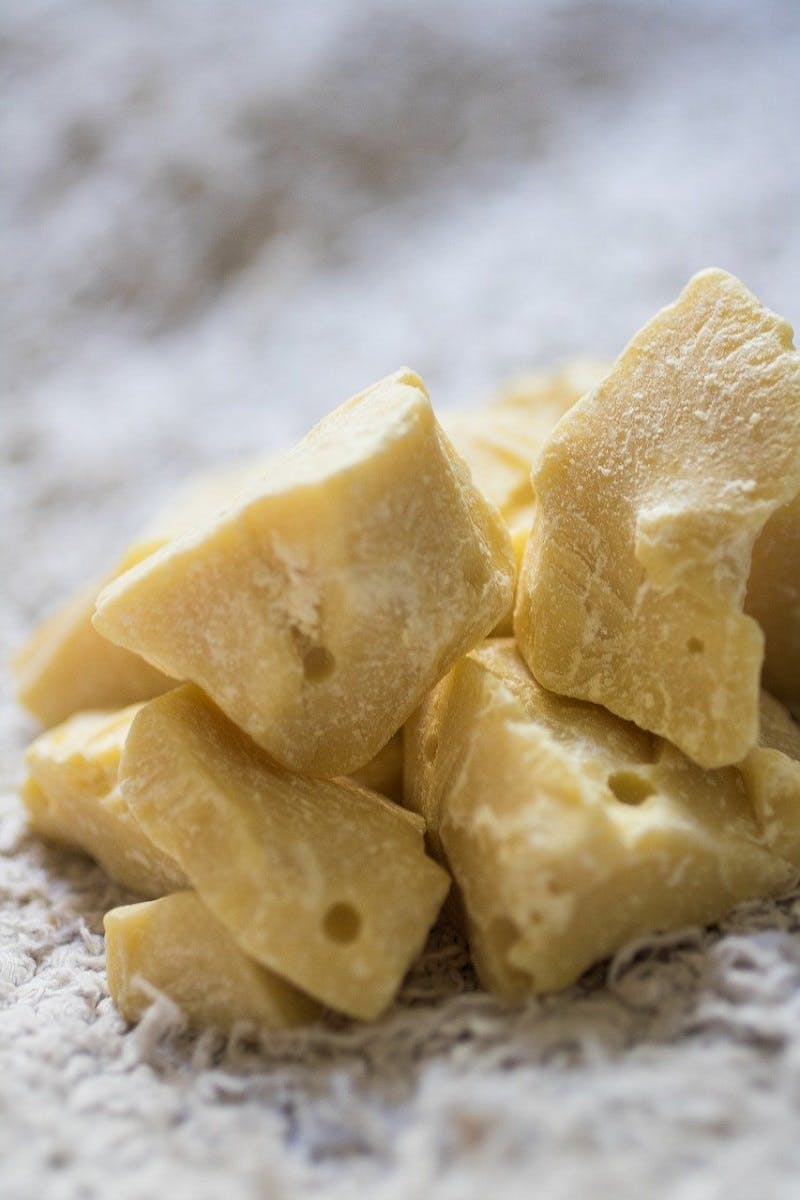
For your temporary comfort, don't permanently kill the innocent life of all living beings on the earth, the plastic.
Sir P.S. Jagadeesh Kumar
Make or Buy?
You’ve got two options when you need zero waste lotion. You can either buy them from stores or make them yourself. It’s actually pretty easy to whip up a batch of lotion with ingredients that you can buy locally.
But, there are also instances when your needs align with buying lotion. For example, some people prefer lotions with SPF. While it isn’t impossible to make that on your own, products with SPF generally get tested for safety and effectiveness. Hence, it is much more advisable to purchase them.
For sure, making your own lotion at home is the best package-free option, but you also have to consider where you source your raw materials and how they are packaged. Making it yourself will also save you a lot of money.
It may take you a couple of tries to get the consistency and absorbency that you want, but it’s worth it. You choose exactly what you put in your lotion and can customize it accordingly.
Ultimately, you will need to examine your needs and preferences. If you can achieve them while making DIY lotion, then that’s great! But if you need to purchase them, just do so sustainably and ethically. Check this guide on Ethical Shopping for an easy way to shop with environmentally-conscious brands.
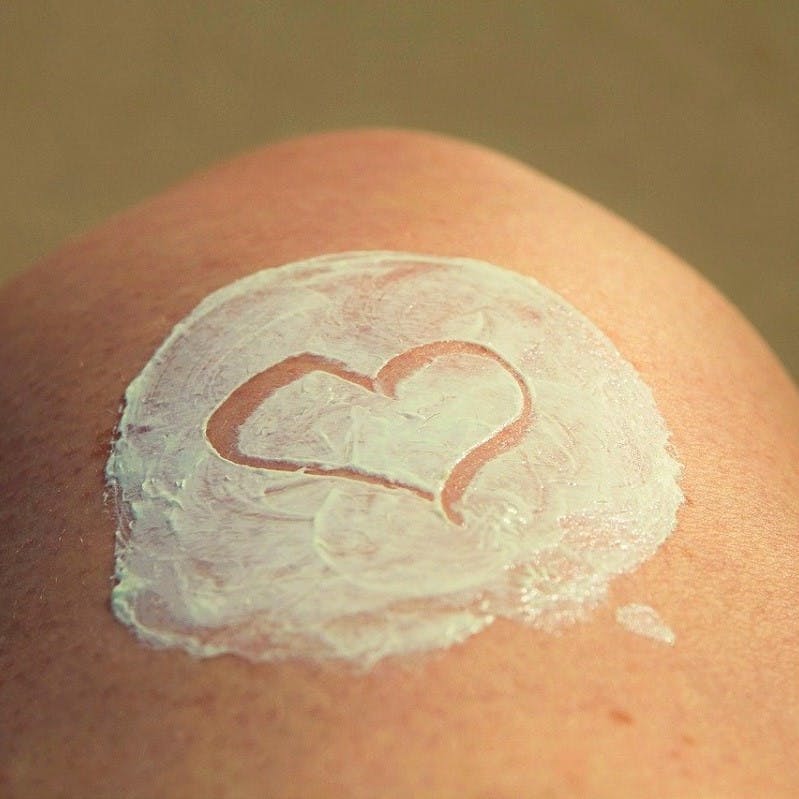

Take action now
Do you want to have a direct impact on climate change? Sir David Attenborough said the best thing we can do is to rewild the planet. So we run reforestation and rewilding programs across the globe to restore wild ecosystems and capture carbon.
Get involvedBody Butter vs. Lotion
In the zero waste community, there seem to be some blurred lines when it comes to body butters and lotions. This is mostly true for those who make their own lotion instead of buying them. Many of the recipes you’ll find for zero waste lotion are actually body butters. But the two have some key differences that set them apart from each other.
Mainly, the difference lies in consistency and texture. Body butters are much heavier than lotions and take a longer time to absorb into the skin. Body butters may be the better option for you if your skin tends to dry out during colder climate.
Lotion, on the other hand, is best for everyday use. It is light and absorbs fairly quickly, making it the best if you don’t want a heavy moisturizer sitting on your skin. Lotions also have higher water content, which is what gives it its runny nature.
But, the creamy consistency of body butters exists for a reason. They provide heavier moisturization and can penetrate deeper into the skin. Body butters often contain shea butter, cocoa butter, and the like.
The confusion is probably due to the fact that both of them have the same goal of moisturizing your skin. Which one you choose depends on your personal preferences and your skin type. People with dry skin will have better luck with moisturizers, while those who have no issues with dryness can usually stick to just lotion. In colder months, you may still want to deeply moisturize with body butter once in a while though.
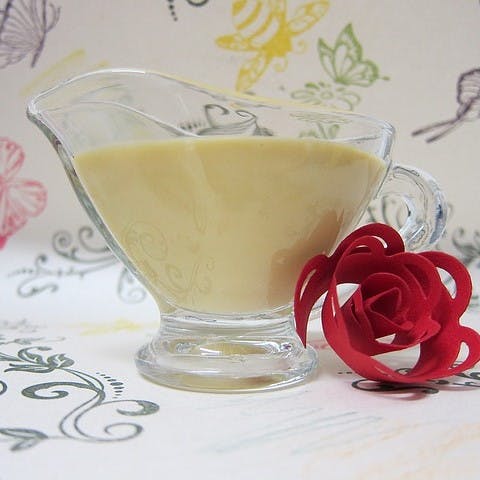

The Best Components in Zero Waste Lotion
Now that we’ve covered some basics of zero waste lotion let’s dive into deeper detail of the common ingredients and what they’re good for. This way, you can purchase or make a lotion that’s perfectly suited to your preferences.
What you should first understand is that lotion is primarily meant to moisturize your skin. You should choose ingredients that help protect your skin’s moisture barrier and keep it from drying out. Some components are better at this than others, and we’ll go over some pros and cons of some of them.
The next thing to consider is how quickly these moisturizing agents absorb into your skin. One of the most common problems with DIY lotion is the greasiness. Some recipes create lotions that are way too heavy on the skin and are almost unwearable on warmer days.
To solve this issue, choose ingredients that are light on the skin and absorb easily. If you want a luscious but heavier lotion that is better for colder months, do the opposite.
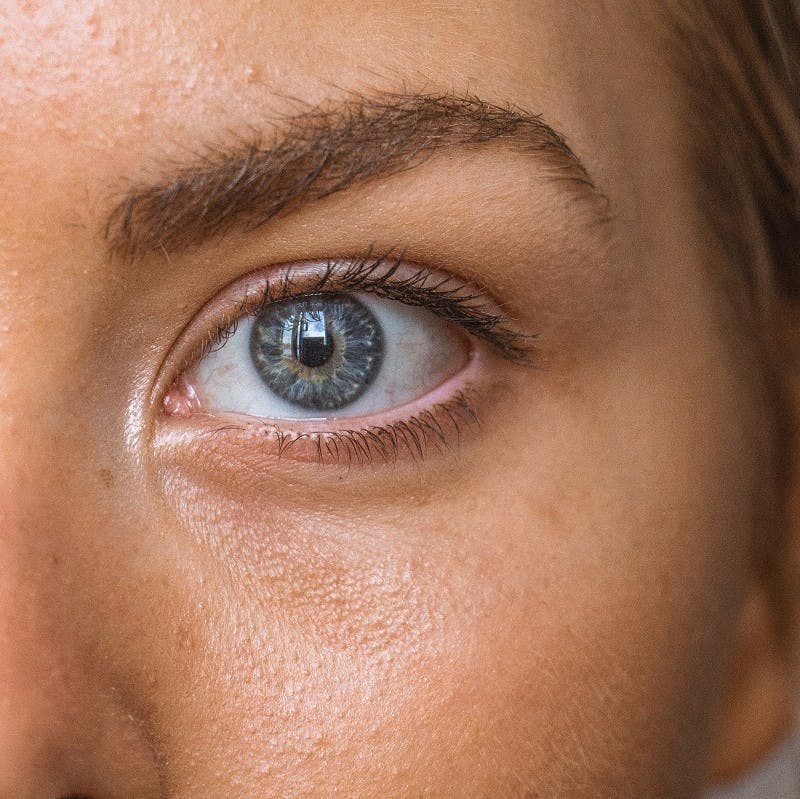
Beeswax
Beeswax is a product that can be harvested from beehives. It’s commonly found in many beauty products such as lip balm, moisturizers, and other salves. Beeswax can help create a protective barrier around the skin and keep it hydrated at the same time. As a humectant, beeswax can preserve moisture. Thus, helping your skin stay moisturized and soft. However, beeswax isn’t a vegan-friendly ingredient. Vegan alternatives for it include candelilla wax, soy wax, or synthetic beeswax.
Jojoba Oil
Jojoba oil is a perfect natural moisturizer to put in your lotion. It not only keeps your skin moisturized, it also has a lot of healing properties and is perfect for those with sensitive skin. It is also an emollient, which means it can help soothe and soften the skin. Jojoba oil is the best choice if you want an oil that is the closest to our body’s natural oil production. It absorbs into the skin fairly quickly so you won’t be left with a heavy solution on top of your skin. Use jojoba as your chosen oil if you want a light, non-greasy lotion.
Shea Butter
Derived from the seeds of the Shea fruit, shea butter is packed with fatty acids that will help your skin retain moisture. The luscious, thick consistency is also perfect for applying to skin, which is why this ingredient is often seen in beauty products like lip balms or creams. Historically, shea butter has been used to treat all sorts of skin conditions due to its moisturizing and anti-inflammatory properties. It can also be beneficial for those who have acne. Shea butter is solid at room temperature, but its consistency makes it ideal for beauty creams.
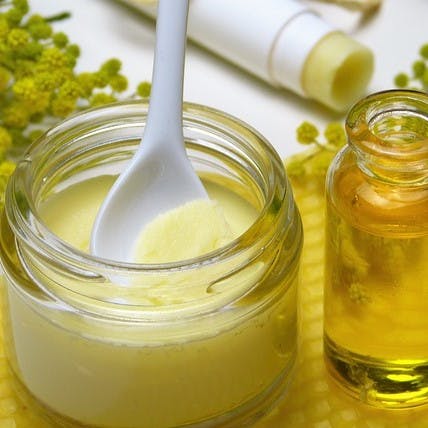
Vitamin E
Vitamin E acts as an antioxidant in lotion and is great for keeping the skin healthy and supple. It isn’t actually just one vitamin but a group of them together. The vitamin E in lotions usually comes in the form of oil. Consistencies vary depending on where you source it from, but this substance is generally a thick oil. It isn’t very viscous and does not act like other oils.
Cocoa Butter
Cocoa Butter is another excellent hydrator. Its high-fat content provides a protective barrier around your skin and will help you retain more moisture. It is a luscious substance that works well with shea butter and vitamin E, making it a perfect candidate for your zero waste lotion.
Almond Oil
Almond oil is a highly emollient substance and can help a lot with managing dry skin. Moreover, it also absorbs fairly quickly, so it’s great for warmer climates. It is also sometimes used to help with skin irritation. Making your own lotion using almond oil should leave you with a light and moisturizing cream (or bar).

A Simple Homemade Zero Waste Lotion Recipe
You will need:
- Shea Butter
- Sweet Almond Oil/Grapeseed Oil/Coconut Oil (will have a heavier end result)
Melt 1 part shea butter in a double boiler. Once everything is melted, let cool down for a little bit and add 1 part oil of your choice.
After the oil has been incorporated, you can let it harden in the fridge for about 30 mins. Once that’s done, it’s time to whip! At this point, you may want to add some cornstarch, making the lotion less greasy (½ tsp for about 30g of the mixture)
You could also add some Vitamin E to help extend the oil’s shelf life. Vitamin E is a great antioxidant, which helps but it is not a preservative. If you want to, you could also incorporate essential oils.
Once you’ve added the optional ingredients, just whip them all together until you achieve a fluffy consistency.
This lotion is best for the drier areas of the skin and during the colder months when your skin is likely drier than usual.
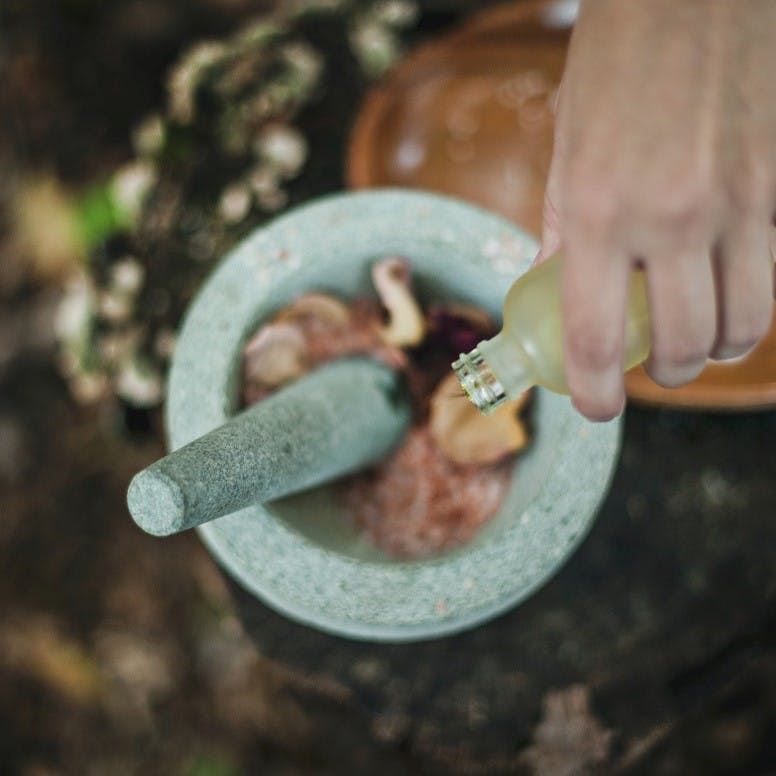
Ingredients to look out for in lotion
It is imperative that you use a lotion that will not harm your health. And while we said that zero waste lotion often falls under the category of clean beauty, there are still some ingredients we recommend you watch out for. These ingredients are quite common in conventional lotion from big-name brands. But just because they’re commonly used does not mean they’re completely safe. Many ingredients can be harmful to your skin and health even if they are considered generally safe.
Fragrances
At first glance, fragrances aren’t harmful. And in reality, they aren’t always. But what makes fragrances so dangerous is the ambiguity that surrounds them. Companies aren’t legally obligated to disclose what they use as fragrance or perfume, and they’re able to keep them as trade secrets.
But the fact is that fragrances rarely add anything functional to your lotion. And you can’t guarantee what’s in them either. We aren’t saying you should never purchase lotions with fragrances, just that you should watch out for them. Ideally, only buy from brands you trust and who don’t use synthetic fragrances or phthalates.
Mineral Oil
Mineral oil is a petroleum-based substance. It is also one of the most commonly found ingredients in beauty. It is known for its great moisturizing capacity and is cheap and accessible. While it is considered generally safe for use, mineral oils have also been flagged as a carcinogen in certain conditions like manufacturing. However, the ones used in cosmetics (like lotion) aren’t likely to pose a threat. Some people would prefer not to use it, but it’s still up to you. Mineral oils, though noncomedogenic on their own, are occlusive and can also clog up your pores and may not absorb very easily.
Alcohol
There are different applications of alcohol in various industries. In skincare and beauty, it is often used in fragrances, shampoos, conditioners, moisturizers, and yes, your lotion. While it is also considered generally safe, some of you might not want to lather on a cream that has alcohol in it. You should note though that the alcohol used as an ingredient in moisturizers is not the same as your regular rubbing alcohol, which is pretty drying. There are plenty of other health hazards in lotions like parabens, phthalates, or synthetic colors. However, you aren’t likely to find them in zero waste lotions. Still, it’s always worth double-checking to be safe.
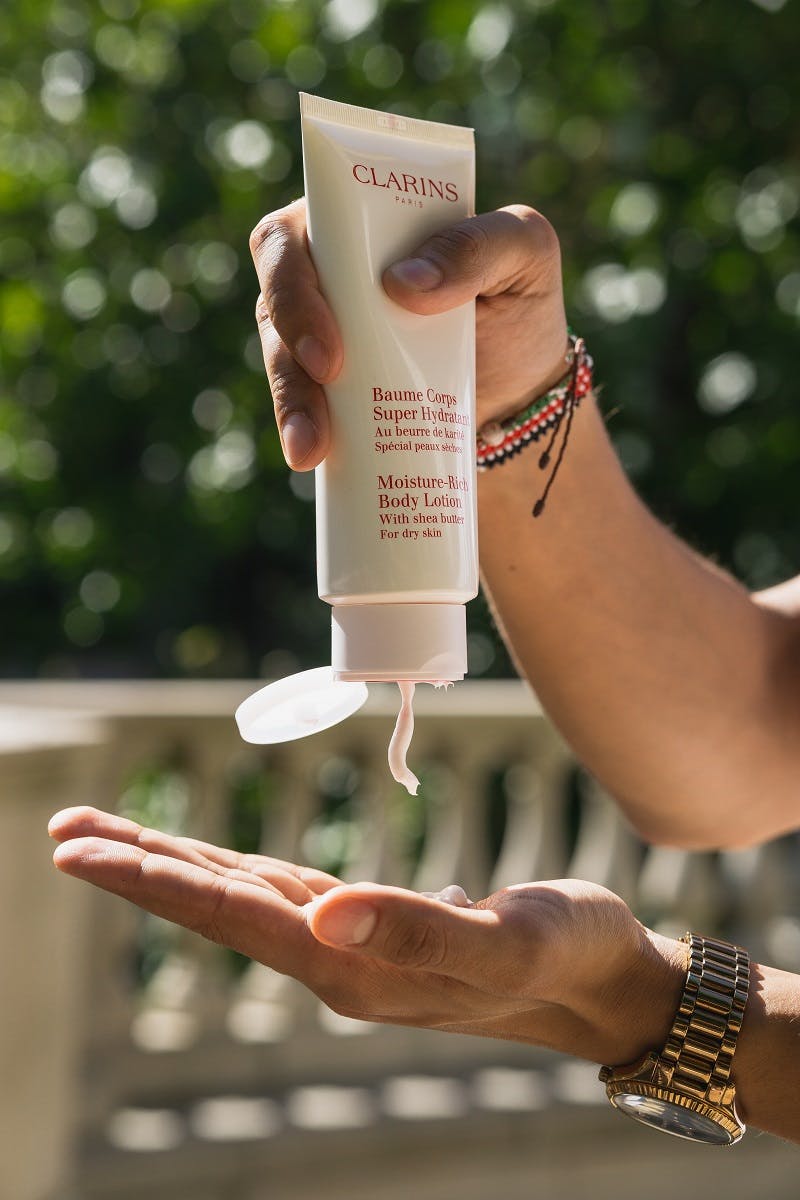
Is Zero Waste Lotion worth it?
Definitely! At first, it might seem like an overwhelming task to change what you’re used to and start from scratch, but the benefits are more than worth it.
Plus, it isn’t as difficult as some might assume at first. Zero waste lotion is a great way for you to be creative and use only what you want to put on your body.
If you want to make more strides in your zero waste lifestyle, read our Eco-friendly makeup guide.
Sources & further reading

- “MINERAL OILS, UNTREATED OR MILDLY TREATED” - Chemical Agents and Related Occupations
- “Lotion ingredient paraben may be more potent carcinogen than thought” - Berkeley news
 Cut out single-use plastics such as single-portion samples of lotion.
Cut out single-use plastics such as single-portion samples of lotion.